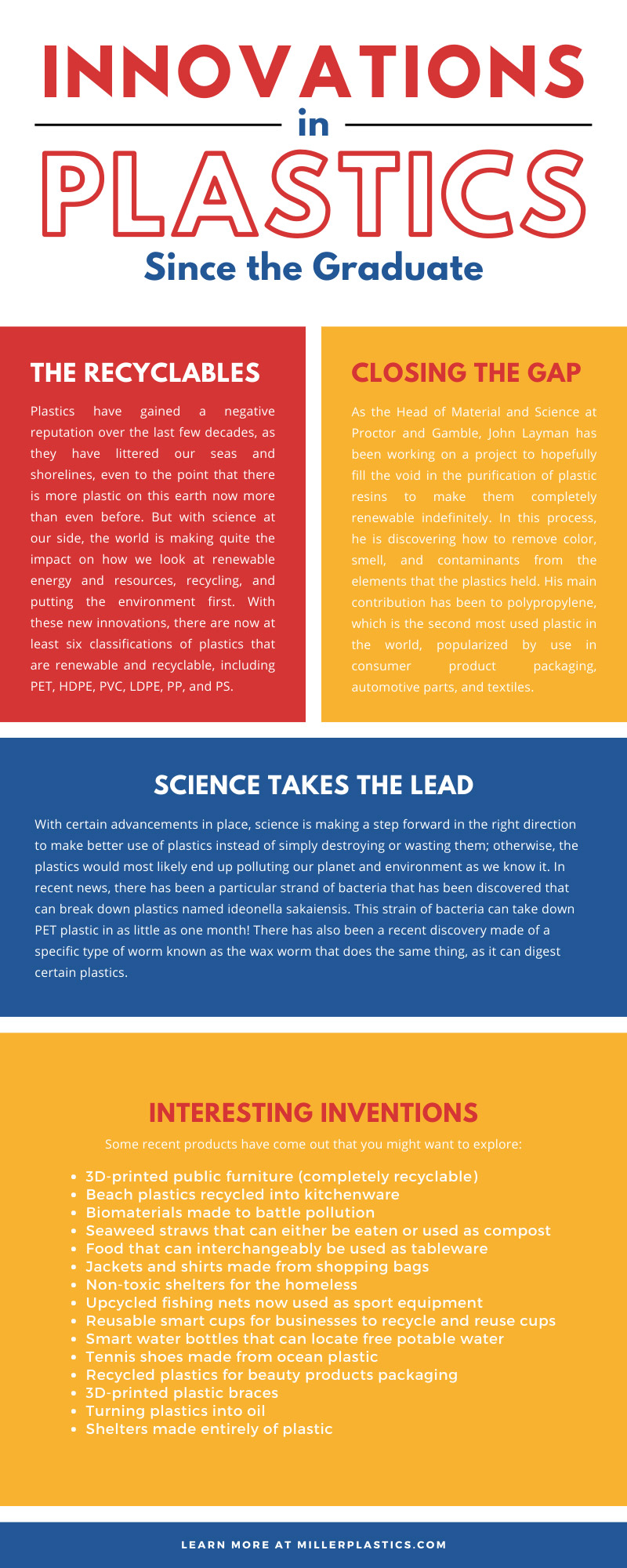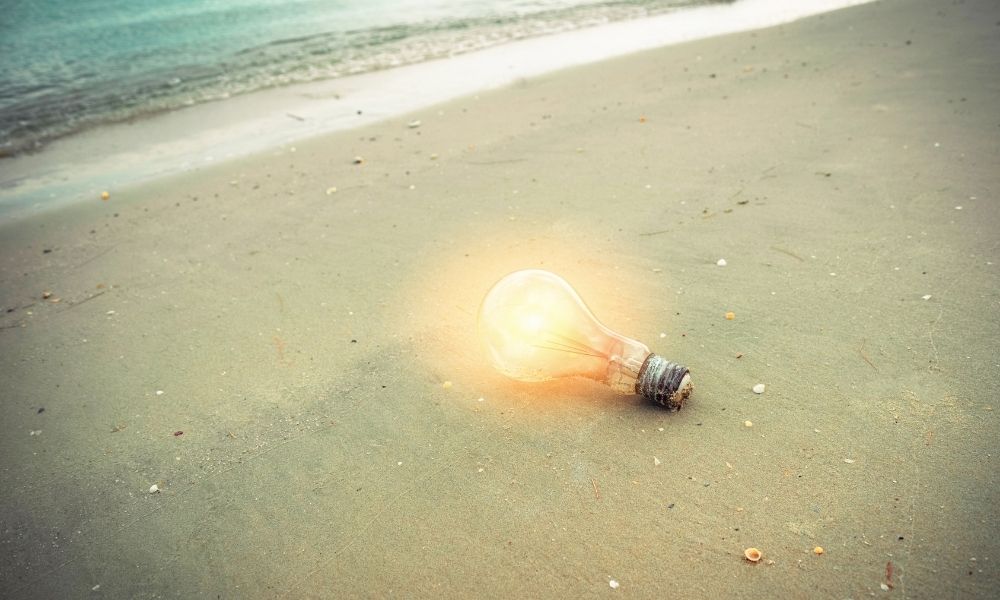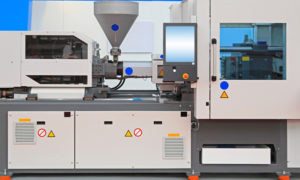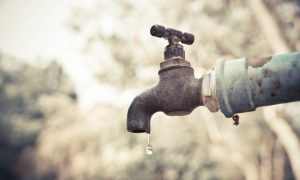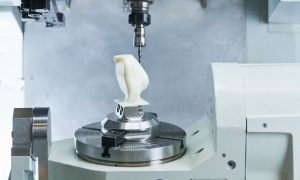The initial excitement over plastics in their inception was one of great promise, but it would soon find itself in a bind with how it would be consistently used and not disposed of due to its non-biodegradable chemical makeup. Many improvements have been made with plastics, from the types of plastics to recyclable to what we use them for. Here are a few innovations in plastics since the graduate that we can apply in our daily lives.
The Recyclables
Plastics have gained a negative reputation over the last few decades, as they have littered our seas and shorelines, even to the point that there is more plastic on this earth now than even before. But with science at our side, the world is making quite the impact on how we look at renewable energy and resources, recycling, and putting the environment first. With these new innovations, there are now at least six classifications of plastics that are renewable and recyclable, including PET, HDPE, PVC, LDPE, PP, and PS.
From these variants, many things have been used to recycle and upcycle. Scientists and engineers are actively looking for new ways to use these plastics based on the properties they hold to justify what jobs they can promote. Additives of elements and chemicals are blended with them to help give them extra properties for strength and endurance to create other wonderful inventions. Otherwise, you’d be putting them to waste that would not decompose and sit for generations in a landfill.
Closing the Gap
As the Head of Material and Science at Proctor and Gamble, John Layman has been working on a project to hopefully fill the void in the purification of plastic resins to make them completely renewable indefinitely. In this process, he is discovering how to remove color, smell, and contaminants from the elements that the plastics held. His main contribution has been to polypropylene, which is the second most used plastic in the world, popularized by use in consumer product packaging, automotive parts, and textiles.
This is the type of plastic that he is working with to purify, at some point to become completely renewable. With that said, you can see just how much of an impact this one variation of plastics has on the planet. This is in an effort to slow the production of plastics products manufacturing to a complete halt at some point.
Science Takes the Lead
With certain advancements in place, science is making a step forward in the right direction to make better use of plastics instead of simply destroying or wasting them; otherwise, the plastics would most likely end up polluting our planet and environment as we know it. In recent news, there has been a particular strand of bacteria that has been discovered that can break down plastics named ideonella sakaiensis. This strain of bacteria can take down PET plastic in as little as one month! There has also been a recent discovery made of a specific type of worm known as the wax worm that does the same thing, as it can digest certain plastics.
There are other advancements in the field that is being labeled as bioplastics. These plastics are made for single-use packaging and will end up replacing shopping bags and storage bags, with more expansive applications coming soon. Colgate has made great improvements in their toothpaste tubes by moving from their traditional tubing to a type of fully renewable plastic, joining the bandwagon on the green solution.
A company by the name of Volken Wesser is currently working on efforts to create the first plastic roads. This would reduce the time it takes on construction efforts down to a fraction of the time we traditionally spend. These roads will also last three times longer than asphalt, but they will be more structurally sound, will not put off carbon emissions into the atmosphere, and will be mostly maintenance-free. The icing on this cake is that they are made from 100% recycled plastic!
Interesting Inventions
Some recent products have come out that you might want to explore:
- 3D-printed public furniture (completely recyclable)
- Beach plastics recycled into kitchenware
- Biomaterials made to battle pollution
- Seaweed straws that can either be eaten or used as compost
- Food that can interchangeably be used as tableware
- Jackets and shirts made from shopping bags
- Non-toxic shelters for the homeless
- Upcycled fishing nets now used as sport equipment
- Reusable smart cups for businesses to recycle and reuse cups
- Smart water bottles that can locate free potable water
- Tennis shoes made from ocean plastic
- Recycled plastics for beauty products packaging
- 3D-printed plastic braces
- Turning plastics into oil
- Shelters made entirely of plastic
Final Words
This is only the beginning of an infinite possibility of uses that we have yet to tap into with plastics. Finding our footing with this compound has been a challenging one to recreate and reimagine into anything our hearts desire. One of the greatest achievements we could have made to date is making plastics recyclable.
This means of renewable resourcing was so massive after its initial inception that people had no choice but to throw away their trash without consideration or conscience about what we were doing to ourselves and the planet. It would not take long before the world would catch on to the wreckage that we were actively adding onto. Now, it’s as if it never happened, or we would at least like to feel that way based on the progress made thus far.
Another pivotal technological advancement is having the means to purify used plastics to a renewed state, equivalent to that of an original plastic product. Pulling all the excess elements out of these plastics to bring them back to their truest original form is a modern marvel all in itself. This means that we can finally close the gap on plastic production and truly use and reuse plastic products. Among others, these are some of the most significant recent innovations in plastics since the graduate.
